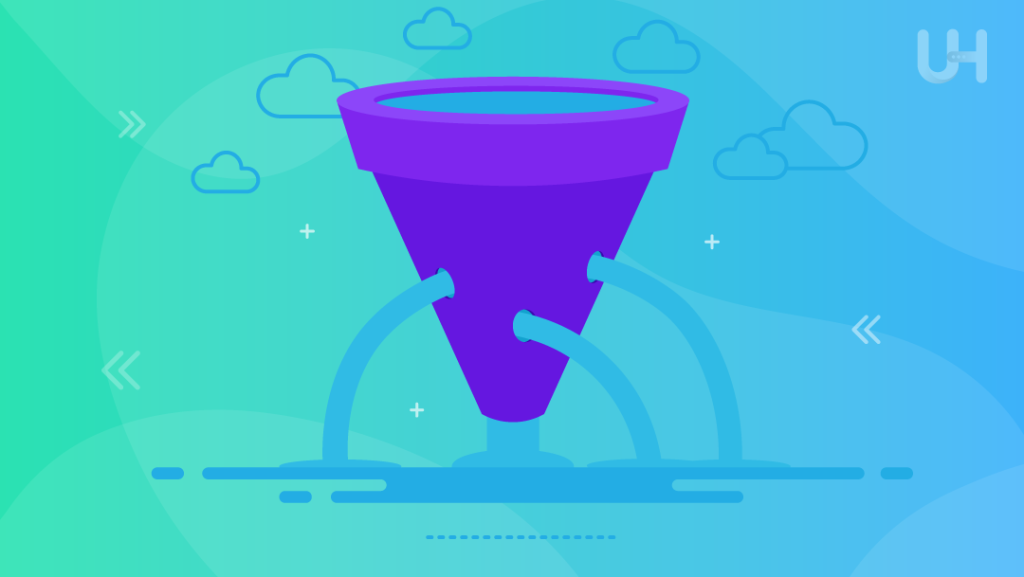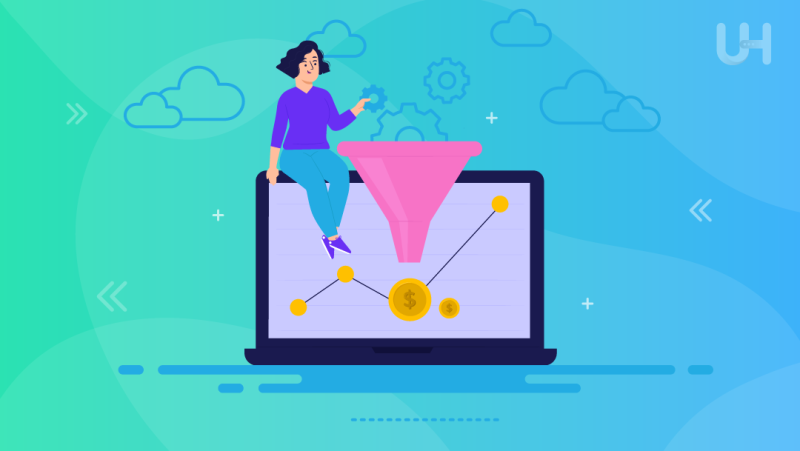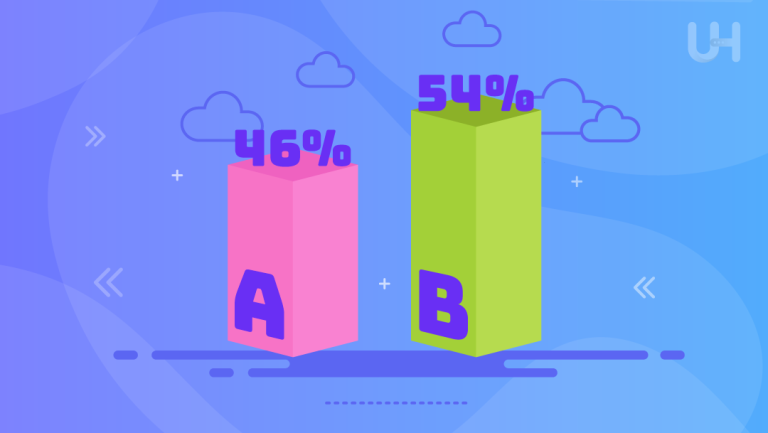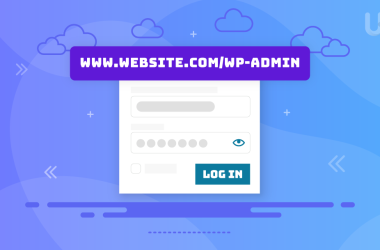Welcome to the ultimate guide on conversion funnel optimization. In today’s digital age, no business can afford to ignore understanding and refining the conversion funnel. This blog promises to take you right from evincing interest to closing a sale with actionable strategies at each step. You will discover techniques for finding holes in your funnels and patching them, leveraging powerful analytics tools, and engaging prospects by sending them relevant content and offers that are relevant to them.
Whether you are totally new to it or just looking for ways to optimize conversion funnel, in this blog, we will know how to squeeze maximum conversions out of your campaign plan, boost your ROI, and build long-term customer relationships.
What is a Conversion Funnel?
A conversion funnel is a marketing concept whereby customers are guided from awareness to making a purchase. It’s segmented into processes: awareness, interest, consideration, and conversion. At the top of the funnel are wide-reaching marketing efforts to get as large an audience as possible.

Further down the funnel, prospects will engage with a brand more deeply, moving to a narrower pool of qualified leads. The last stage in this process is changing these leads to customers. Optimization of every stage of the funnel is very crucial in guiding prospects through it smoothly to maximize conversions and reach business goals.
Conversion Funnel Stages
Conversion funnel stages are the process by which a customer goes from awareness to purchasing. Beginning at the top, there’s awareness—hearing about you and attracting as wide an audience as possible through marketing. After that, the interest stage will capture the attention of your potential customers by engaging them in valuable content. At this stage, prospects in the consideration stage weigh your offering against other options.
Finally, they purchase or take another desired action in the conversion stage. The last two stages, retention, and advocacy, focus on keeping customers satisfied and encouraging them to promote your brand. Each stage requires targeted strategies to guide prospects toward conversion and long-term loyalty effectively.
Importance of Funnel Optimization
Funnel optimization is among the best conversion rate optimization tools and can maximize conversion rates and drive business growth. A company will be more assured that people will just sail through from awareness to the actual purchase of a product upon refining every stage of the funnel. Optimization will spell out any weaknesses or bottlenecks in the funnel and enable fixing for a smooth customer experience, hence higher conversion rates, increased revenues, and return on investment for marketing efforts.
Moreover, a well-optimized funnel on a secure server provides insight into customers’ behavior and preferences, making data-driven business decisions without harming users’ data privacy. Optimization leads any business toward sustainable growth and gives it an opportunity for long-term sustainability in the market.
Finding Funnel Leaks
Redirecting toward finding leaks in the funnels means pinpointing where customers fall off before completing a purchase. Inefficiency would be traced at each stage of the funnel, and signs of weakness or losing interest would be looked for; these would identify the leaks. Analytics tools like Google Analytics will provide data tracking user behavior, pointing out highly exciting or low conversion rate stages. Conduct A/B testing to compare different strategies and determine what’s best.
Surveys and feedback from users could also offer insights into why they are leaving. Addressing these leaks by relevant improvement at specific points—optimizing landing pages or smoothing out the checkout process, for example—can dramatically improve funnel performance and increase overall conversions.
Get a Fast Server to Optimize Your Conversion Funnels!
Need a fast server for conversion funnels? UltaHost’s cutting-edge NVMe server will give your website the speed and power it needs to succeed. Enjoy maximum adaptability, limitless bandwidth, and top-notch performance—all at a price that can’t be beaten.
Funnel Analysis Tools
Funnel analysis tools trace customer journeys from awareness to conversion. Google Analytics shows precisely, in action, how customers get caught up. This is what Hotjar does with heatmaps and session recordings, and Mixpanel and Kissmetrics do with tracking user engagement and conversion rates across the various steps. With HubSpot, enough tools exist to analyze and improve funnel performance holistically.
These tools will help businesses track customer behavior, find weaknesses, and make data-driven decisions. Funnel analysis tools can leverage top companies in fine-tuning their strategies and improving user experience, resulting in an increased conversion rate, thereby driving business growth and maximizing return on investment.
Top Funnel Strategies
Top-of-funnel strategies focus on capturing and engaging a large audience just entering their customer journey. Facebook marketing, blog posts, videos, or social media updates conduct some of that awareness and value providing. In its pursuit of including all this content in organic search results to reach potential customers, it ends up dealing with SEO.
Paid advertising on platforms like Google Ads and Social Media targets demographics. Whether it’s free e-books or webinars, lead magnets make users give away contact information. It’s another way influencer partnerships can help significantly boost visibility. These activities drive interest, hence traffic, to a website, and interested visitors move down the conversion funnel.
Middle Funnel Engagement
Middle funnel engagement is when prospects are interested but need more time to be ready to buy. Email marketing campaigns do this by sending valuable content and personalized offers that keep prospects engaged. Webinars and case studies help illustrate the product’s benefits and help develop trust. Retargeting advertisements show visitors your brand again and remind them about going back.
Social media does so through engaging posts and direct messages, cultivating relationships. Offering free trials or demos lets prospects get their hands on a product. Such strategies deepen relations with prospects under their concerns about requirements and guide them further down the sales funnel toward making a purchase decision, especially with specialized services like SEO hosting, which helps in optimization.
Bottom Funnel Conversions
Bottom-funnel conversions focus on prospects interested in becoming paying customers. At this stage, decision-making is driven by custom-made offers, limited-time discounts, and head-to-head product comparisons. Powerful calls-to-action (CTAs) and easy checkout procedures reduce friction and do not dissuade purchases. Testimonials and customer reviews build trust and credibility.
Guarantees, such as a money-back or satisfaction guarantee, lighten purchase anxiety. Live chat support irons out the last-minute questions and concerns. This stage is critical to be as smooth and reassuring as possible to convert the lead into a loyal customer, hence maximizing your conversion rates for achieving business goals.
Measuring Success
Key metrics track the performance and effectiveness of conversion funnel optimization, demonstrating its success. The conversion rate is at the core; this shows the percentage of visitors who complete the desired actions. Customer acquisition cost helps answer the questions about the efficiency of marketing spend in light of new customers. Return on investment measures how much profit a marketing campaign generates.
AOV and CLV provide information on the monetary value generated by customers, while long-term customer relationships are portrayed. Other engagement metrics, like bounce rate and time on site, show user interaction and satisfaction. Businesses, upon regularly tracking these metrics, can fine-tune strategies for better results and attain long-term growth.
Improving Funnels
The essence of funnel optimization lies in iterated refinement to better customer journeys toward conversion rates. First, the pain points and conversion funnel stages with the most dropouts were identified through data analysis. Optimize landing pages with compelling headlines, obvious CTAs, and frictionless form-fills, including DDoS-protected servers, and personalize user experience where relevant by targeted content and recommendations based on behavior. Streamline checkouts to minimize friction and dropout.
A/B testing helps discover strategies that work best for engagement and conversion. Customer feedback and market trends ensure relevance and effectiveness. Funnel performance continuously goes under monitoring and adjustment for continuous lead nurturing, higher conversions, and maximum business growth potential.
Conclusion
Mastering conversion funnel optimization is crucial for businesses aiming to maximize their online success. Businesses can significantly enhance conversion rates and customer retention by understanding the stages of the funnel, identifying and addressing leaks, utilizing practical tools, and implementing targeted strategies at each stage.
Continuous metrics analysis, customer feedback, and market trends are essential for improvement. Optimizing conversion funnels increases sales and revenue, fosters long-term customer relationships, and strengthens brand loyalty. Embracing these practices ensures businesses stay competitive in today’s dynamic digital landscape and achieve sustainable growth.
Make your next conversion funnel with UltaHost’s eCommerce Hosting Server because you can select from many of UltaHost’s managed e-commerce hosting solutions with unlimited bandwidth and jumpstart your business today!
FAQ
What’s Conversion Funnel?
Conversion funnels visualize the customer journey from awareness to completion of a desired action, like purchasing.
Why Funnel Optimization?
Funnel optimization permits businesses to find and fix points at which customers fall off the conversion path, greatly increasing the conversion rate and improving return on investment.
How do you find funnel leaks?
Use analytics tools to trace user behavior, highlighting stages with high drop-off rates. Run A/B testing and collect customer feedback to identify issues.
What are top-funnel strategies?
For maximum attention, top-of-funnel strategies include content marketing, SEO, paid advertisements, lead magnets, and influencer partnerships.
What metrics should I use to measure funnel success?
Track these successes through conversion rate, customer acquisition cost, return on investment, average order value, and customer lifetime value.










